< Introducing Florence and Central Italy
A Brief History of Italy

A statue of Rome’s most famous Republican ruler, Julius Caesar
The modern nation of Italy is a relatively recent invention – it celebrated its 150th anniversary in 2011. Famous for the Roman Empire, the Renaissance and its Roman Catholic religion, for most of the past two thousand years the boot-shaped peninsula and its two main islands have been a diverse collection of warring states, often under foreign rule – but their history and culture have affected every aspect of Western culture for at least two millennia.
Etruscans and Greeks
By around 700 BC the Etruscans, an ancient people who had settled in central Italy, had a flourishing civilization. Little writing has survived, but from their tombs historians have deduced that the Etruscans had an advanced society with developed trade, agriculture and urban centres. Further south, sea trade and agriculture were also flourishing in the Greek settlements known as Magna Graecia, on the mainland and on the island of Sicily.
The Romans
The small town of Rome – according to legend founded in 753 BC by twin orphans Romulus and Remus on the site where they were suckled by a she-wolf – slowly rose in importance, taking over both Etruscan and Greek territory and much more besides. After two hundred years a Republic was founded, with expansionist aims and a sophisticated system of taxes to fund its military expeditions. The main power rival of the day was Carthage, on the north African coast, and for one hundred years the Romans were engaged in the Punic Wars, before finally defeating and annexing the city and its territories. Julius Caesar, the most famous of the Republican rulers, conquered much of Rome’s territory across the rest of northern Africa, the Iberian peninsula and most of modern-day France. Caesar’s murder in 44 BC signalled the end of the Republic and paved the way for Imperial Rome and a cast of emperors. In AD 312, Emperor Constantine converted to Christianity.
The Middle Ages
Over the ensuing centuries, the Roman Empire was invaded by civilizations from all sides, including the Goths, Franks, Huns, Visigoths and Byzantines, leading to a slow decline, and in 476 the Western Roman Empire officially came to an end. In the 8th and 9th centuries Charlemagne brought centralized government back to northern and central Italy, during which time the Christian Church in Rome gained in strength and political influence. The late 11th and 12th centuries saw southern Italy and Sicily flourish under Norman rule. When Charlemagne’s dynasty died out, Italy’s central geographical location in the Mediterranean and on trade routes from the east led to the emergence of commerce-based city states – most notably Florence, Genoa, Milan and Venice.
The Renaissance
Although power struggles continued, relative peace and booming trade in the late 14th and 15th centuries financed the great cultural flowering of the Renaissance. This “rebirth” grew out of the humanist movement of intellectuals who studied the scholarship of ancient Greece and Rome. The Medicis, a wealthy banking family, ruled Florence from 1434 on, and commissioned artists and architects such as Donatello and Brunelleschi to construct a city to reflect the family’s power and learning. At the same time, city states such as Milan, Ferrara and Mantua employed Renaissance artists such as Leonardo da Vinci and Leon Battista Alberti. As the fortunes of the noble families waned, it was the turn of the papacy in Rome to become the centre of artistic Europe. Splendid churches and palaces were built, decorated with works of art by men such as Raphael, Michelangelo and Bramante, in an attempt to re-establish Rome as the cultural centre of the world. In the 16th century the maritime republic of Venice was another focal point of the Italian Renaissance, nurturing artists like Bellini, Titian, and Tintoretto. Meanwhile, humanist ideas continued to spread and affect art, literature, architecture and learning across the whole of Europe.

Michelangelo’s frescoed ceiling of the Sistine Chapel, a Renaissance masterpiece
Foreign powers
In the 16th and 17th centuries, instead of uniting against invading foreign powers, the city states divided their allegiances and most of the territories were split between the French and Spanish. The papacy in Rome remained independent and powerful, and life in the peninsula was characterized by the Church’s intolerance of dissent leading to the Counter Reformation – an attempt to combat the rise of Protestantism – and the vicious torture of the Inquisition against “heretics.”
The 17th century witnessed the peak of papal power in Rome, while poverty, plague and decline swept across the rest of the country. The 18th century saw territory-swapping between the French, Austrians and Spanish and in the first years of the 19th century much of the peninsula was ruled by French emperor Napoleon and his brother, and the power of the Church was reduced.
War of Unification
With the decline of France in 1815, popular uprisings and revolution throughout the territory characterized the next sixty years. Backed by the political ideology of Giuseppe Mazzini, the military know-how and revolutionary conviction of Giuseppe Garibaldi galvanized popular opinion in support of the Kingdom of Piemonte and its reforming Prime Minister, the Count of Cavour. Garibaldi led an army of a thousand volunteers, known as “I Mille”, to support an uprising in Sicily, and from there headed back up the boot of Italy, gaining support as he went, to meet Cavour in Naples. Vittorio Emanuele II of Piemonte was declared King of Italy in March 1861.
World War I
Italy hesitated before becoming involved in World War I, but sided with Britain, France and Russia in 1915 and finally, after three years of heavy casualties, defeated Austria at Vittorio Veneto, for which the country was rewarded with the territory of Trentino-Alto Adige and the Adriatic port of Trieste.
Fascism
Post-war disillusionment, national debt and social unrest led to massive support for the rising ex-Socialist politician, Benito Mussolini. In October 1922, as Mussolini marched on Rome with his Blackshirts, the king made him prime minister. Within three years a dictatorship had been declared, the Socialist leader G. Matteotti assassinated, political opposition outlawed, the press censored and all dissension brutally repressed. In an attempt to provide employment and make the country self-sufficient, the regime embarked on a massive construction programme, as well as agricultural reforms and foolhardy military campaigns in north Africa; Mussolini is still remembered as the man who made the trains run on time. In the Lateran Pact of 1929, he did a deal with the papacy and, for the first time, the Vatican became a formally recognized state within the Kingdom of Italy.
World War II
Mussolini provided support for Franco’s Fascist party in the Spanish Civil War (1936–8) and in 1938 anti-Semitic laws were passed prohibiting Jews from marrying non-Jews, owning land or holding public jobs. In 1940, Italy joined World War II on the side of Nazi Germany. Italian troops were eventually defeated on all fronts – in France, northern Africa, Greece and, most disastrously, in Russia. Italian industry was razed to the ground by Allied bombs.
In September 1943, two months after the Allies had landed in Sicily, the king took constitutional power away from Mussolini and Italy officially swapped sides in the war. Mussolini was arrested, only to be rescued from his mountain-top prison in Gran Sasso by the Germans and set up as the head of a puppet government, called the Republic of Salò, on the banks of Lake Garda. A bloody hand-to-hand battle between retreating German soldiers and Italian partisans continued the length and breadth of the country. In April 1945, two days after Milan was liberated, Mussolini was captured and executed while attempting to escape to Switzerland with his mistress, Clara Petacci.

Mussolini heads a parade to inaugurate the Via dei Fori Imperiali, in Rome
Modern-day Italy
Italy was in chaos after the war, with the infrastructure destroyed by bombing and resistance groups settling old scores with violence. However, financed and politically guided by the United States under the Marshall Plan, and with the conscious aim of keeping the Communists from power, post-war Italy became a prosperous place in the main, particularly in the manufacturing towns of northern Italy. However, destructive politics and internal terrorism held the country to ransom in the 1970s, embodied in the kidnap and murder of former prime minister Aldo Moro in 1978, and murky goings-on continued in the 1980s and early 1990s, with backhanders and shady deals the norm between politicians, business and organized crime.
The 90s saw the rise of Italy’s modern day antihero – Silvio Berlusconi – a cruise-ship crooner and business man who turned to politics to protect his own interests. Famous for his gaffes, scandals and bad jokes, he was, however, the longest serving prime minister in the history of the nation. Accusations ranged from abuse of power and press censorship, to corruption and involvement with the Mafia and under-age prostitutes, but with all the focus on him and his personal life, the country sank to the brink of bankruptcy and Berlusconi was finally forced to quit and an emergency government of technocrats was put together under the esteemed economist Mario Monti. In April 2013, Monti’s government was replaced by a new coalition, headed by the centre-left Enrico Letta.
Heroes & Villains
Nero
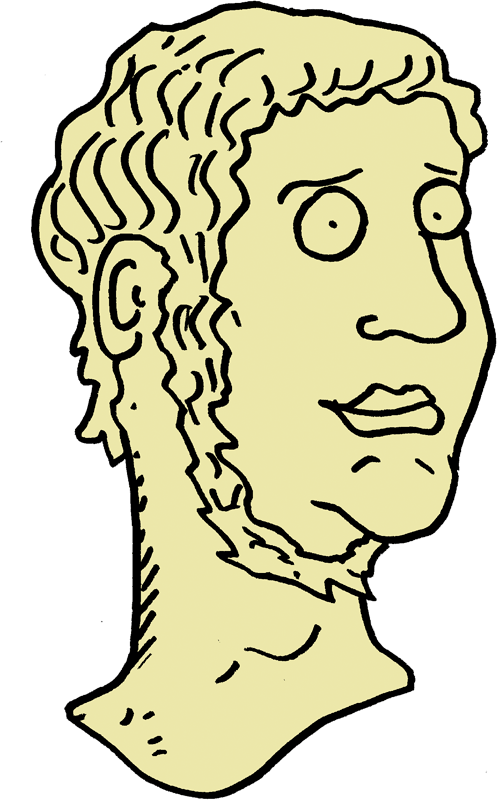
Roman Emperor Nero (AD 37–68) is famous for fiddling while Rome burned. In fact, he couldn’t have, as fiddles hadn’t been invented then, but he was callous. He is said to have ordered the death of his father, his half-brother and two wives (probably) and his mother (definitely) – although it is hard to know how much contemporary historians exaggerated as they didn’t like him much.
Cesare Borgia
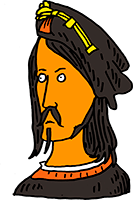
Nastiness ran in the Borgia family: Cesare’s father, Pope Alexander VI (remember popes are not meant to have children), was one of the most corrupt popes ever. Cesare himself (1475–1507) was a successful, soldier but treacherous and cruel.
Isabella d’Este
Isabella d’Este (1474–1539) was a powerful Renaissance woman who made her husband, the Duke of Mantua, jealous because she ruled so wisely while he was away at war. She supported some of the most important artists of her day, such as Titian and Raphael, and set fashion trends that were copied across Italy and France.
Giuseppe Garibaldi
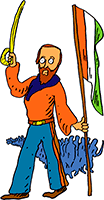
In 1860, Giuseppe Garibaldi (1807–1882) led an army of a thousand red-shirted volunteers (“I Mille”) to Sicily, beginning the Unification of Italy. Known as the Risorgimento (“Resurgence”), the movement led to the creation of a united country, rather than separate states ruled by foreign powers and local kings.
Facts & Figures
Mafia, ’Ndrangheta and Camorra
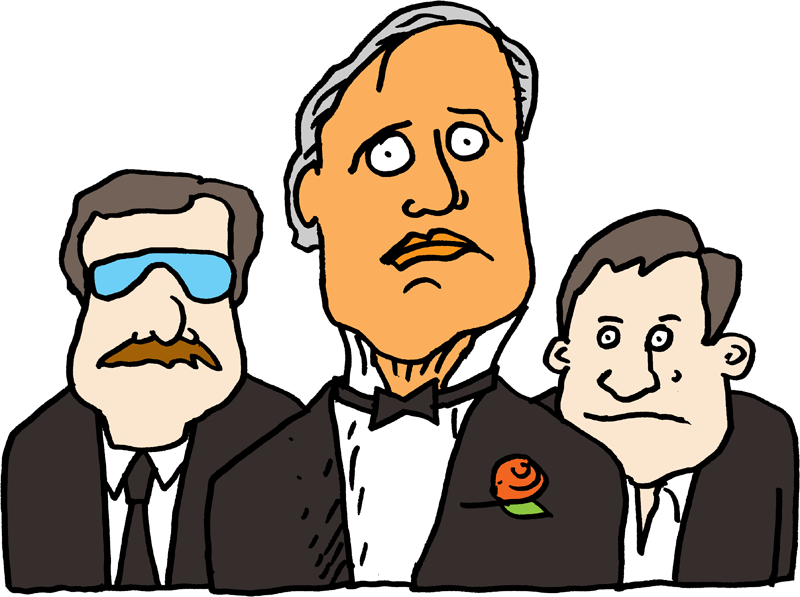
The Sicilian Mafia is a mentality and a way of life that dates from the end of the 19th century. The island of Sicily is divided among families who control everything in their region through a brutal culture of honour and obedience. The ’Ndrangheta in Calabria and the Camorra in Campania are similar regional organizations.
The world’s smallest country

A triangle less than half a square kilometre (0.2 square miles) in the heart of Rome, with a population of around 800, is the smallest country in the world. The Vatican City is ruled by the bishop of Rome–the pope – and was established in 1929 as an independent state within Italy. It has its own stamps, postboxes and euro coins.
Pasta-eaters
Italians eat on average 30 kg (66 lbs) of pasta a year each. First brought by Arab invaders to Sicily in the 8th century in the form of noodles, it now comes in 350 different shapes.
Flying houses and kings’ bones
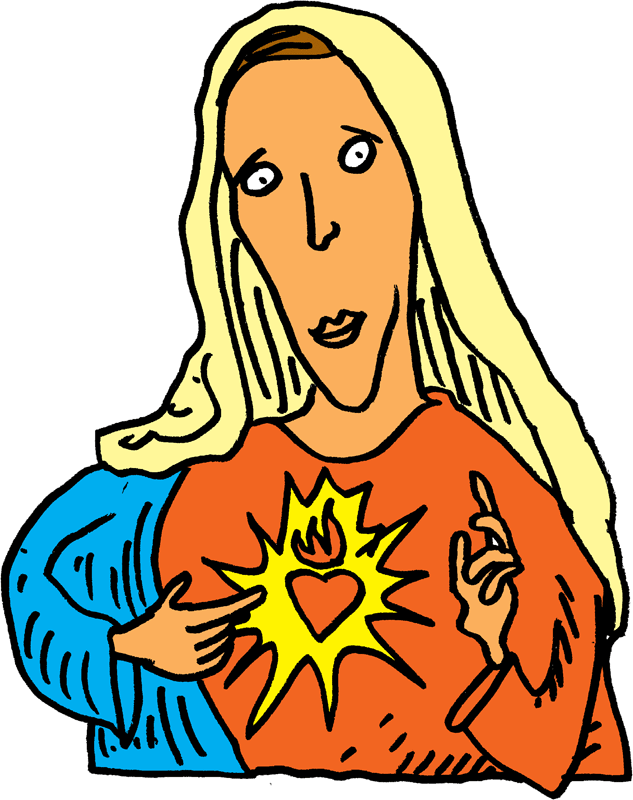
Italy has some vivid links with Christianity: the Virgin Mary’s house apparently “flew” to Loreto in Le Marche; the blood-stained shroud said to have been used to wrap the dead body of Christ is in Turin; Milan houses the bones of the Three Kings; and in Naples, the blood of San Gennaro liquefies three times a year.
..................Content has been hidden....................
You can't read the all page of ebook, please click here login for view all page.
